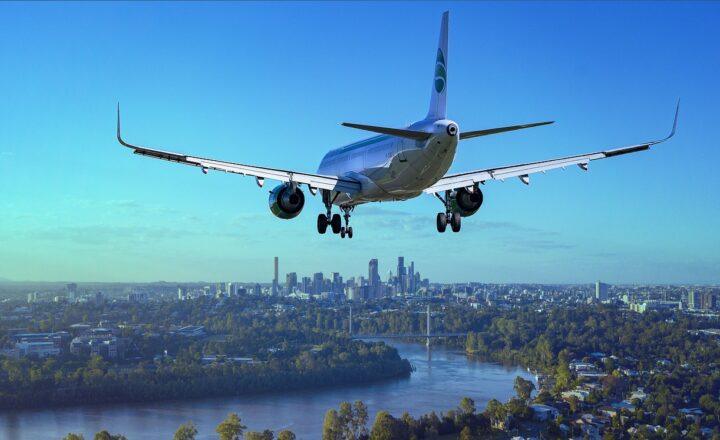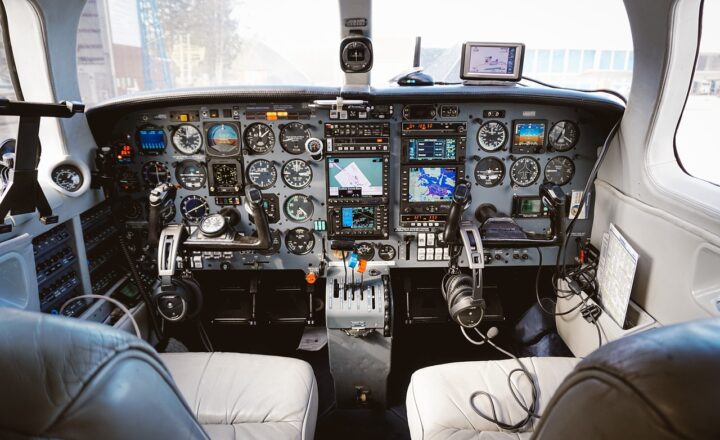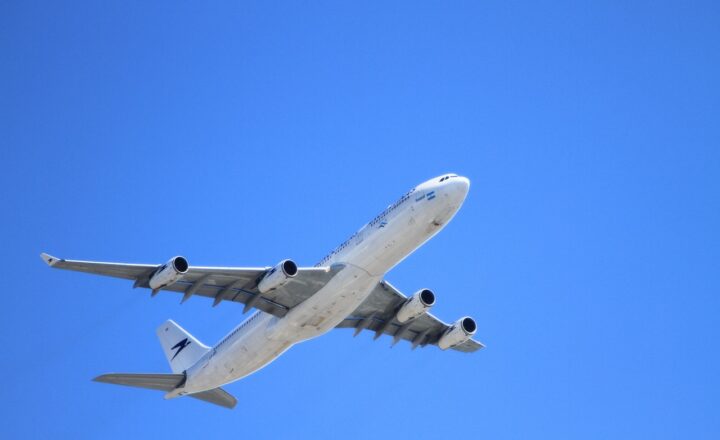Fasten Your Seatbelts: The Most Dangerous Aircraft in Aviation History
November 17, 2024

Aviation has long been regarded as one of the safest modes of transportation, yet the history of aircraft is littered with tragic accidents and infamous incidents. The perception of safety, however, can be deceptive. Behind the facade of comfort and efficiency lie some of the most dangerous aircraft in history, which have not only raised eyebrows but also cast shadows over the industry. In this article, we’ll explore some of the most notorious and dangerous aircraft, delving into their design flaws, tragic accidents, and the lessons learned from them.
### 1. The McDonnell Douglas DC-10
The DC-10 was once a popular choice for airlines, thanks to its spacious cabin and long-range capabilities. However, it gained notoriety for several high-profile accidents that claimed hundreds of lives.
#### Design and Issues
The aircraft’s design, which featured a rear-mounted engine, contributed to several accidents. One of the most tragic events was the American Airlines Flight 191 disaster in 1979, where an engine detached from the aircraft shortly after takeoff, leading to a crash that killed all 273 aboard. The incident raised concerns about the plane’s maintenance and design flaws regarding engine attachment.
#### Safety Improvements
Post-accident investigations led to numerous modifications in maintenance procedures and designs of the DC-10. The aircraft has since been retired, but its legacy serves as a reminder of the importance of stringent safety protocols and regular inspections in aviation.
### 2. The Boeing 737 MAX
The Boeing 737 MAX was touted as the next generation of the world’s best-selling airplane, but it quickly became synonymous with disaster following two catastrophic crashes within five months.
#### The Crashes
Lion Air Flight 610 and Ethiopian Airlines Flight 302 crashed due to issues with the Maneuvering Characteristics Augmentation System (MCAS). This automated system was designed to enhance stability but inadvertently led to the aircraft nosediving in both crashes due to erroneous sensor data.
#### Consequences
The tragedies resulted in the loss of 346 lives and led to a global grounding of the 737 MAX. Investigations prompted in-depth reviews of Boeing’s safety practices and regulatory oversight, highlighting the critical need for rigorous testing and transparency in the aviation industry.
### 3. The Concorde
Renowned for its supersonic speeds and luxurious service, the Concorde was a symbol of technological advancement. However, a tragic accident in 2000 overshadowed its glitz and glamour.
#### The Fatal Flight
Air France Flight 4590 crashed shortly after takeoff from Charles de Gaulle Airport, killing all 109 people on board and four on the ground. The crash resulted from a series of failures, including debris from a preceding aircraft that punctured a tire, leading to fuel tank rupture and subsequent fire.
#### Legacy and Safety Lessons
Though the Concorde was a remarkable feat of engineering, its operational history revealed significant safety deficiencies that ultimately led to its retirement in 2003. The incident underscored the importance of rigorous safety checks and redesigning fuel systems to minimize fire hazards in commercial aircraft.
### 4. Lockheed L-1011 TriStar
The Lockheed L-1011 TriStar is often overshadowed by its rivals but earned its place on this list due to a history of incidents stemming from malfunctions.
#### Accident History
One of the most noteworthy incidents was British Airways Flight 812, which suffered a catastrophic failure of its nose gear. This incident highlighted serious flaws within the aircraft’s landing gear mechanism, leading to injuries and a severe loss of confidence in the aircraft’s reliability.
#### Improvements Made
Safety upgrades and more robust designs eventually improved reliability. Though not as notorious as its peers, the L-1011 serves as a reminder of the complexities and challenges involved in aircraft design and engineering.
### 5. The Avro Vulcan
A legendary aircraft from the Cold War era, the Avro Vulcan is celebrated as a remarkable achievement in aviation, yet it had its fair share of dangers during its time in service.
#### Operational Hazards
Originally designed as a nuclear bomber, the Vulcan faced numerous operational hazards, including in-flight failures during high-speed missions. The aircraft’s complexity and the risks associated with its critical tasks led to several incidents, though many were resolved through stringent protocol adjustments.
#### Lessons from the Vulcan
The Vulcan’s operational history contributed greatly to modern engineering and safety protocols in military aviation, emphasizing the balance between performance and safety.
### Conclusion
The stories of these aircraft serve as lessons learned through pain and tragedy in aviation history. While air travel remains one of the safest modes of transport, these incidents demonstrate the constant need for vigilance, innovation, and improvement in aviation safety standards. The legacy of these dangerous aircraft will live on, reminding both manufacturers and airlines of the critical importance of safety.
As aviation continues to evolve with new technologies and regulations, it’s essential to remember that each aircraft brings with it a responsibility not only to its passengers but also to the industry as a whole. Fasten your seatbelts, and remember the history that paved the way for the safe skies we enjoy today.






